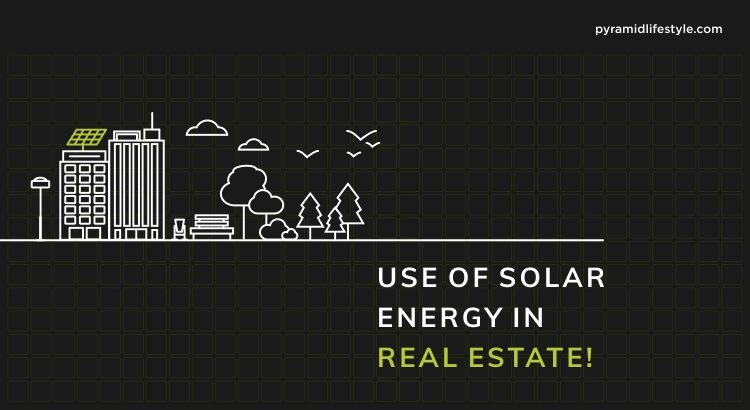Ever-rising energy costs have been a serious concern, across the world. It’s especially true for homeowners in countries dependent on coal for energy production, like India. Indian metros and their dependency on coal for power come with inherent challenges.
As concerns for the climate and environment gain a voice, there has been a greater push for the use of green and renewable resources of energy. With numerous initiatives undertaken by the Ministry of New and Renewable Energy for extensive use of renewable energy sources, there’s no doubt that solar is the way forward for all industries, including real estate.
The use of solar energy in real estate is rapidly becoming a necessity, to offset carbon footprints and reduce energy costs in construction. Apart from these reduced costs, the sector needs a solar boost for many varied reasons.
To Attract a New Clientele Group
Investors are today more aware and conscious about their purchases. This holds ground even for the property. The market is today bustling with tenants and homebuyers looking for sustainable, energy-friendly homes.
With builds that boost solar energy infrastructure, real estate developers can appeal to this untapped demographic of clients who are willing to make the plunge for clean energy.
At the same time, they can also cut costs for businesses and homeowners. Incorporating solar energy into infrastructure is a key asset to add to the list of amenities to attract and retain aware buyers.
Avail Incentives and Tax Credits from the Government
The Ministry of New and Renewable Energy has undertaken many initiatives to promote the extensive use of renewable energy sources. Among Indian cities, Bangalore tops the list for having successfully used solar energy for buildings and homes.
Did you know? The Central and state governments both offer subsidy schemes to people for installing solar rooftop systems. The central government pays a 30% subsidy for these systems to states in general categories. For special states, the subsidy given by the central government is as high as 70%.
The Indian Government has set a target to install 280 GW solar panels by the year 2030. This means that every year 10GW should be installed. Therefore, the government has taken new initiatives to install solar panels in homes. It also offers a subsidy to homeowners, who can claim it through the state DISCOM.
Additionally, solar energy has proven to also be a cheaper alternative for homes and commercial buildings, in comparison to the average commercial tariff rates. Industry experts highlight that the savings here could be as high as 25-30%.
The renewable energy market will undoubtedly dominate the energy market in the county in the decade to come. This is indeed the perfect opportunity for the real estate sector to invest in solar energy, which coupled with increased consumer interest and government subsidies would become profitable, especially for smaller investors, individual homeowners, and upcoming townships.
At Pyramid Lifestyle, we abide by our ideals and philosophy to maintain purity and perfection in all we do. We bring this into action, not just with our projects, but also with our efforts to educate our audience about what’s beneficial for them.
Our latest landmark, Pyramid Atlante, stands as the zenith of panache and precise homes, complemented with an array of thoughtful amenities and a convenient location. To know more about us and our projects, visit https://www.pyramidlifestyle.com/
References:
- https://www.99acres.com/articles/the-need-for-solar-panels-in-real-estate.html
- https://www.verogy.com/benefits-of-solar-energy-for-real-estate-developers/
- https://www.loomsolar.com/blogs/collections/solar-panel-subsidy-in-india#:~:text=The%20central%20government%20pays%20a,given%20by%20the%20 central%20 government.


